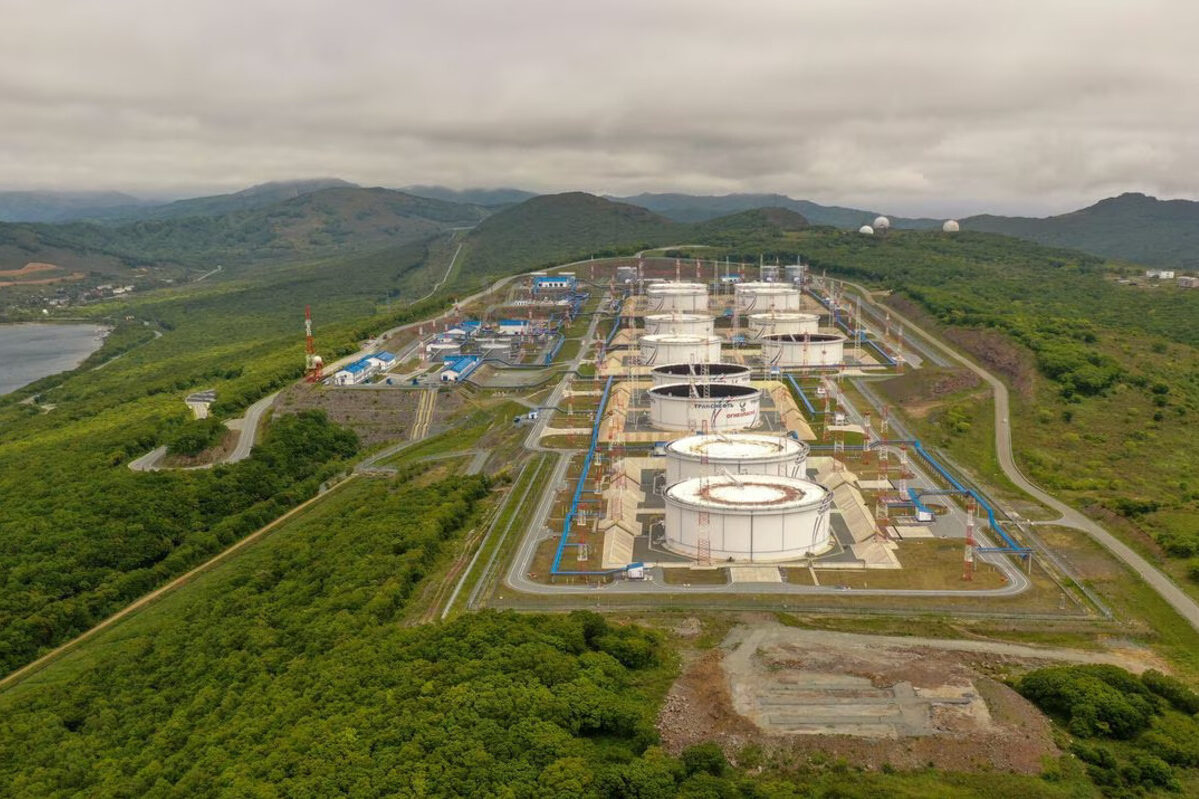Oil prices soared by 3 percent, reaching their highest settlement in 2023, following a significant decline in U.S. crude stocks. This development heightened concerns about the scarcity of global oil supplies.
Brent crude futures experienced a significant surge of 2.8 percent, reaching $94.95.
U.S. West Texas Intermediate crude futures (WTI) saw a notable climb of 3.6 percent, reaching $94.62.
Government data revealed that U.S. crude stocks experienced a significant decline of 2.2 million barrels last week, reaching a total of 416.3 million barrels. This surpassed the expectations of analysts in a Reuters poll, who had predicted a more modest drop of 320,000 barrels.
Read more: Oil prices decline ahead of Fed’s decision, heightening uncertainty
Data indicates that crude stocks at the Cushing, Oklahoma storage hub, which serves as the delivery point for U.S. crude futures, experienced a decline of 943,000 barrels during the week, reaching a level just below 22 million barrels. This figure represents the lowest inventory level recorded since July 2022.
The declining stockpiles at Cushing have been approaching historically low levels, primarily driven by robust refining and export demand. However, this trend has raised concerns regarding the quality of the remaining oil at the storage hub and the possibility of it falling below minimum operating levels.
After experiencing a decline last week, prices are once again rallying as concerns arise regarding tight supplies leading into the winter season. This apprehension is a result of production cuts totaling 1.3 million barrels per day agreed upon by Saudi Arabia, Russia, and other members of the Organization of the Petroleum Exporting Countries and its allies (OPEC+), extending until the end of the year.
Ole Hansen, the head of commodity strategy at Saxo Bank, stated that as long as a decision to increase production is pending, the global energy market will continue to face tight conditions.
Breaking $100 barrier
According to numerous energy analysts, there is a prevailing belief that oil prices will soon surpass $100 a barrel, marking the first time in over a year since the turbulence that ensued after Russia’s invasion of Ukraine.
Analysts attribute the upward trajectory of oil prices to the significant reduction in oil production carried out by Saudi Arabia over the past year. The kingdom’s capability and willingness to adjust its supply levels grant it considerable influence over the market for this essential commodity.
For more news on energy, click here.




